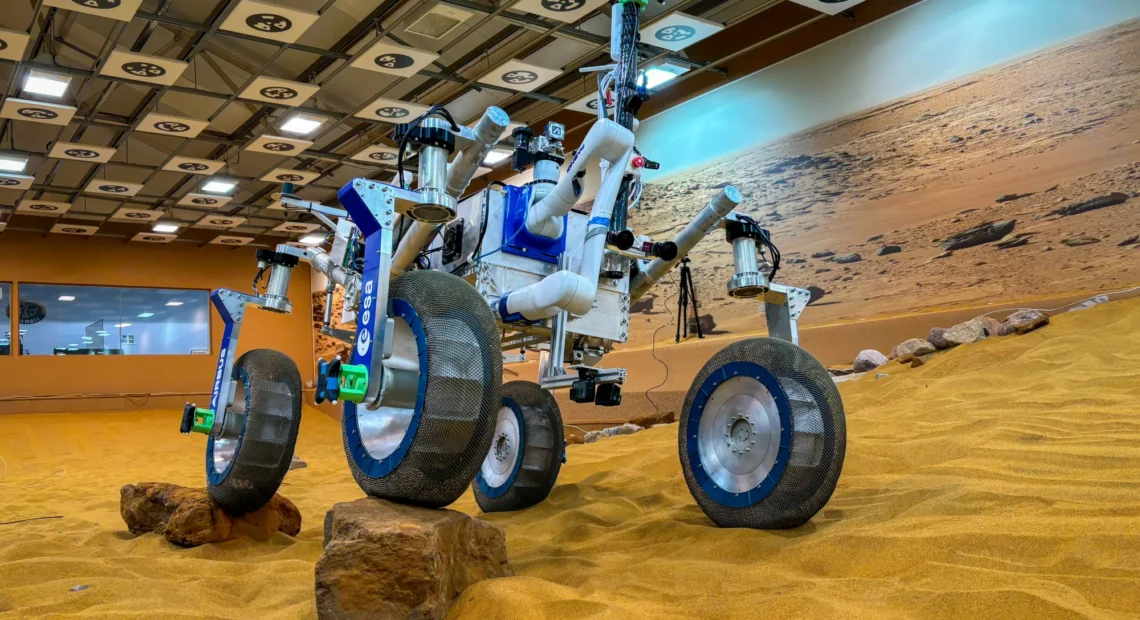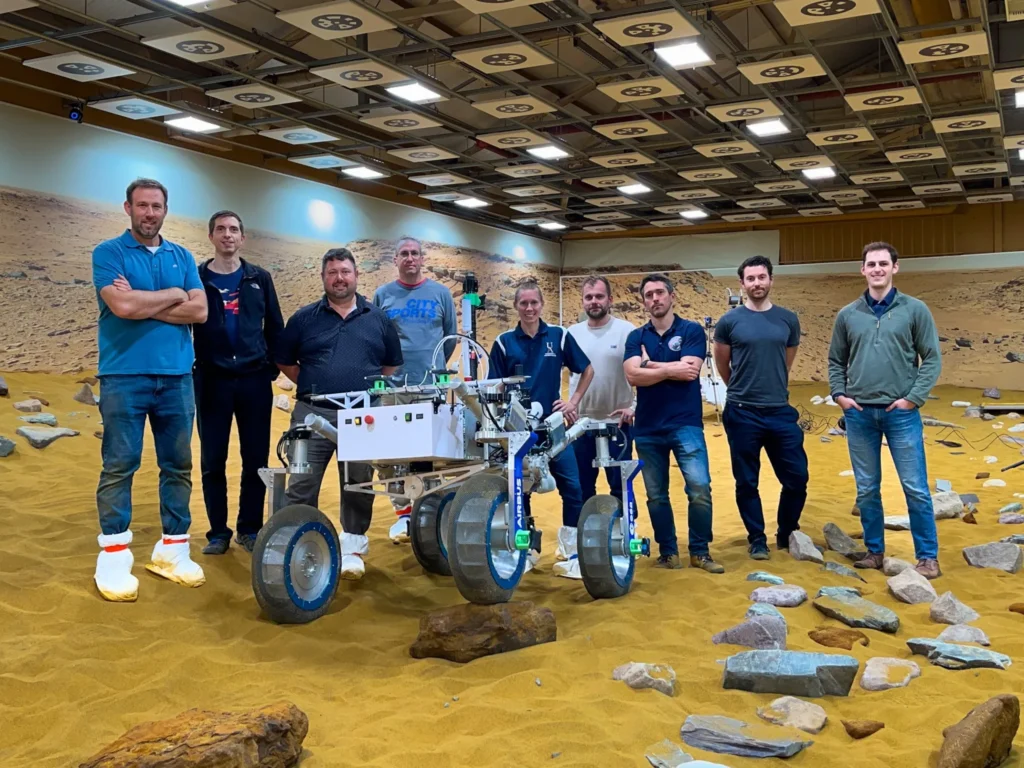NASA pioneers unique tyre technology

For Mars exploration, rovers
NASA has reached a significant milestone in its quest to explore the Red Planet. It has thoroughly tested a revolutionary new tyre technology designed for its Martian rovers.
Developed by NASA’s Glenn Research Centre in Cleveland in collaboration with Goodyear Tire & Rubber, the groundbreaking shape memory alloy (SMA) spring tyres are set to play a pivotal role in the next generation of human and robotic missions to Mars.
While Mars has long been a subject of fascination, with numerous robotic missions studying its surface, only a tiny fraction—roughly 1%—has been explored. The Martian surface is known for its rough terrain, including large boulders, deep crevices, and loose sand, making it difficult for rovers to navigate.
As NASA prepares to explore Mars more extensively, the need for durable and reliable tyre technology has never been greater. The new SMA spring tyres, designed to handle the extreme conditions on Mars, offer a promising solution to this challenge.
A new era for rover mobility
Rovers, essential for exploring planetary surfaces, need tyres to withstand the harsh, unpredictable environments they encounter. Shape memory alloys can revert to their original shape after being deformed, bent, stretched, or exposed to extreme temperatures. NASA has been using these alloys for decades, but their application in tyre technology is a new and exciting development.
Dr Santo Padula II, a materials research engineer at NASA Glenn, explained, “We at Glenn are one of the world leaders in bringing the science and understanding of how you change the alloy compositions, how you change the processing of the material, and how you model these systems so that we can control and stabilise the behaviours so that they can be utilised in real applications.”

The breakthrough in SMA technology resulted from a serendipitous meeting between Dr. Padula and mechanical engineer Colin Creager. During the encounter, Creager shared his work on NASA’s Simulated Lunar Operations (SLOPE) Laboratory, which simulates the surfaces of the Moon and Mars.
This conversation led Padula to investigate the existing steel spring tyres used in testing. These tyres were prone to a damaging process called plasticising, which causes metals to deform irreversibly. Padula immediately saw the potential for SMA alloys to overcome this issue, thus setting the stage for creating the new tyre technology.
Innovative testing in the UK
In the autumn of 2024, NASA’s team took their SMA spring tyres to Airbus Defence and Space’s Mars Yard in Stevenage, United Kingdom, for further testing. The Airbus Mars Yard is an enclosed facility that simulates the harsh conditions of Martian terrain, providing an ideal setting for evaluating the performance of innovative tyres.
Mechanical engineer Colin Creager, who was part of the testing team, described the process: “We went out there with the team, brought our motion tracking system, and did different tests uphill and downhill. We conducted many cross-slope tests over rocks and sand, focusing on understanding stability because we had never tested this before.”
The tests revealed that the SMA spring tyres exhibited minimal shifting or damage when traversing rocky terrain, even when the rover descended slopes. This stability and the tyres’ ability to maintain their shape after significant impact exceeded expectations and demonstrated their suitability for the Martian surface.
A vision for the future
The success of the SMA spring tyre tests is just one part of NASA’s broader efforts to improve technology for deep space exploration. Dr. Padula and his team are now exploring ways to enhance the properties of SMAs for future applications, including on the Moon. One potential use is creating more durable and practical astronaut habitats, with SMA materials providing energy absorption to protect structures from micrometeorite strikes.
“The goal is to extend the operating temperature capabilities of SMAs for applications like tyres and to look at applying these materials for habitat protection,” Padula explained. “We need new materials for extreme environments that can provide energy absorption for micrometeorite strikes to enable things like habitat structures for large numbers of astronauts and scientists to work on the Moon and Mars.”
As NASA continues to push the boundaries of exploration, the advent of SMA spring tyre technology marks the beginning of a new era in space exploration. With this revolutionary advancement, NASA is poised to expand its reach on Mars and develop solutions for a sustainable human presence on both the Moon and Mars in the coming decades.
Hero image: A NASA Mars test rover with shape memory alloy spring tyres traverses rocky, Martian-simulated terrain. Credit: NASA













